13 Plant-Based Foods for High Blood Pressure
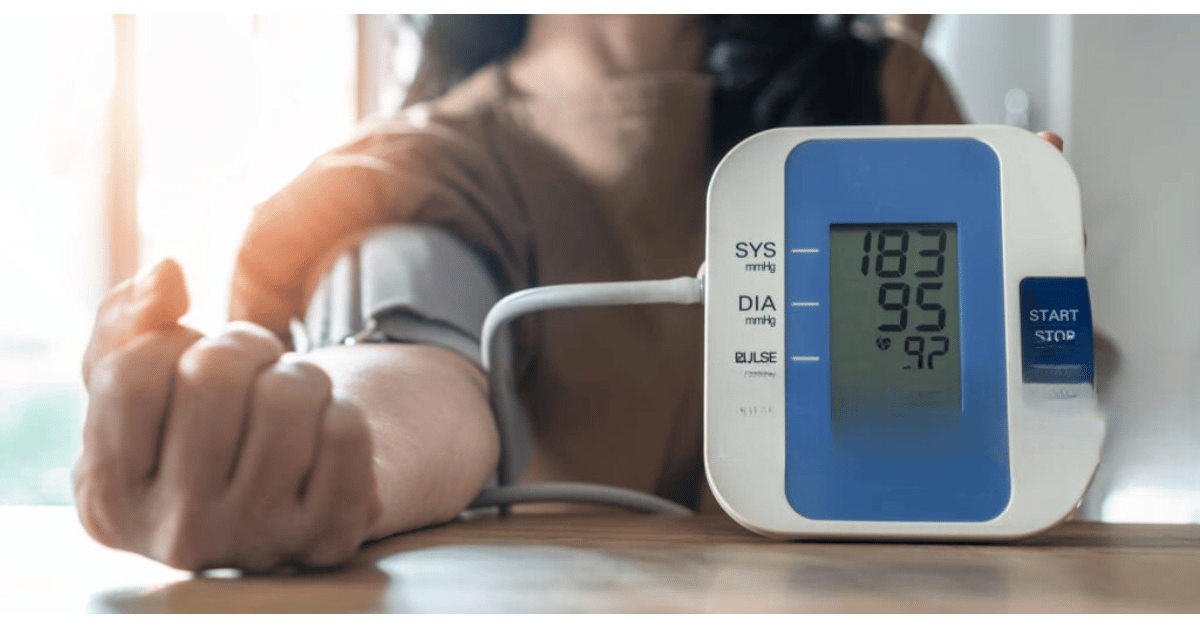
Introduction
High Blood Pressure or hypertension is one of the most severe risk factors for death from heart disease and stroke. These are responsible for 13 % of all deaths globally.
In South Africa, hypertension is responsible for 1 in every five heart attacks. The report says that more than 6.2 million South Africans have blood pressure higher than 140/90 mmHg.
We will look at what is the healthiest diet for high blood pressure. The focus will be on the thirteen best plant-based foods for high blood pressure.
An understanding of what hypertension or high blood pressure will be critical. This understanding will help you manage and understand how long it will take for a plant-based diet to lower your blood pressure.
What is Hypertension?
Are high blood pressure and hypertension the same thing? According to Dr. Vernice Peterson, a cardiovascular physiologist in the School of Physiology at the University of Witwatersrand, hypertension occurs when blood pressure is consistently higher than average.
A study by University of Witwatersrand scientists and peers showed that South Africa has the highest prevalence of hypertension in Southern Africa.
High Blood Pressure – The Silent Killer
High blood pressure frustrates South Africa, and hypertension is a silent killer. Many suffer from it without being aware that they are affected.
Diastolic and Systolic Blood Pressure
Diastolic blood pressure is the pressure between heartbeats (when the heart relaxes). In contrast, systolic blood pressure is your blood pressure when the heart squeezes blood during a heartbeat,
There is a variety of pharmaceutical products to treat hypertension. However, there is an alternative that is without any side effects, and that is food.
The most popular diet for heart health is the Dash diet. DASH stands for stands for Dietary Approaches to Stop Hypertension. It comprises vegetables, fruits, legumes, nuts, whole grains, and limits and foods containing fat oils and sweetened beverages.
Several studies have revealed that the DASH diet can lower triglycerides. It also lowers blood glucose levels, LDL cholesterol, and insulin resistance.
Although the DASH diet is famous for hypertension control, other suitable diets exist.
Dash Diet came third according to US News & World Report in 2022 compared to the Mediterranean and Ornish Diets, which are all pursuing plant-forward trends in eating.
Plant-Based Diet and High Blood Pressure
Dr. Ornish became a pioneer in researching food that can often halt and reverse chronic diseases. He tackled what high blood pressure can cause: heart disease. Hence, much of his work focused on heart disease.
Joel Fuhrman, MD, of the famous G-BOMBS, used a plant-based diet to assess the reduction of high blood pressure.
Further, a 2019 review article points to many studies attesting to a vegetarian or vegan diet with lower blood pressure.
Based on epidemiological and population cohort studies, there is a good deal of evidence that a whole-food, plant-based diet can significantly reduce the risk of hypertension. However, the best evidence comes from biological mechanisms that connect food to blood pressure.
Let us focus on some food elements that positively impact blood pressure.
Elements in Food Impacting on High Blood Pressure
Potassium and Blood Pressure
Those with high blood pressure are encouraged to reduce salt (sodium). Part of that equation is the potassium-to-sodium ratio balance in the modern diet. When the potassium-to-sodium ratio is balanced, your body balances the electrolytes regulating your nervous and cardiovascular systems.
Consuming dietary potassium may lower high blood pressure by inducing vasorelaxation or reducing tension in blood vessel walls.
Adding more potassium to the diet dramatically benefits those with already elevated blood pressure.
We recommend that you increase your potassium intake in your food. Avocados, sweet potatoes, white beans, and bananas all contain high potassium levels.
The Impact of Magnesium on Lowering Blood Pressure
The diet of developed countries like South Africa leaves people deficient in magnesium, another mineral crucial in modulating blood pressure. Studies have shown magnesium significantly reduces high blood pressure.
Without adverse side effects, this protocol is more effective than a single antihypertensive drug.
The FDA has set a qualified health marker endorsement for magnesium and blood pressure starting in 2022. We hope the South African Health Products Regulatory Authority (SAHPRA) will follow suit.
Low Sodium Diet and High Blood Pressure
Potassium and magnesium work to regulate blood pressure mainly because the modern diet is so high in sodium. Therefore, reducing salt intake can make a big difference in managing high blood pressure.
A whole food, plant-based diet is low in sodium. You must manage the food you eat to avoid hidden salt in processing. These include straight-up salts, such as table salt, Himalayan pink salt, and Celtic Sea salt.
A whole food, plant-based eating called SOS-free (SOS stands for sugar, oil, and salt) is perfect for high blood pressure conditions.
A 2013 meta-analysis of 34 clinical trials revealed that reducing salt intake may improve cardiovascular health through reduced blood pressure and benefiting vascular and arterial function.
Reducing sodium intake is one of the most cost-effective measures in countries like South Africa to improve population health outcomes.
Nitrates and High Blood Pressure
Two kinds of nitrates occur naturally in some plant foods and those used as additives in animal products. It is advisable to avoid the nitrates in processed meats, which can damage your health.
And load up on the beneficial nitrates in plant-based foods.
Nitric oxide (NO) dilates blood vessels, which helps your cardiovascular system to operate at maximum efficiency.
Fibre and High Blood Pressure
There is a strong inverse relationship between hypertension and fibre intake; the higher the blood pressure, the more fibre added to the diet can help.
13 Best Plant-Based Foods for Lowering High Blood Pressure
We have explored the nutrients in hypertension and those that can help normalize blood pressure. It is time to delve deeper into specific foods with these nutrients.
Here are thirteen great foods to include to keep your blood pressure healthy. Since they are all plant-based, they are also naturally good sources of fibre. Some are rich in potassium and magnesium, and some deliver healthy nitrates that are good for your body.
Ginger
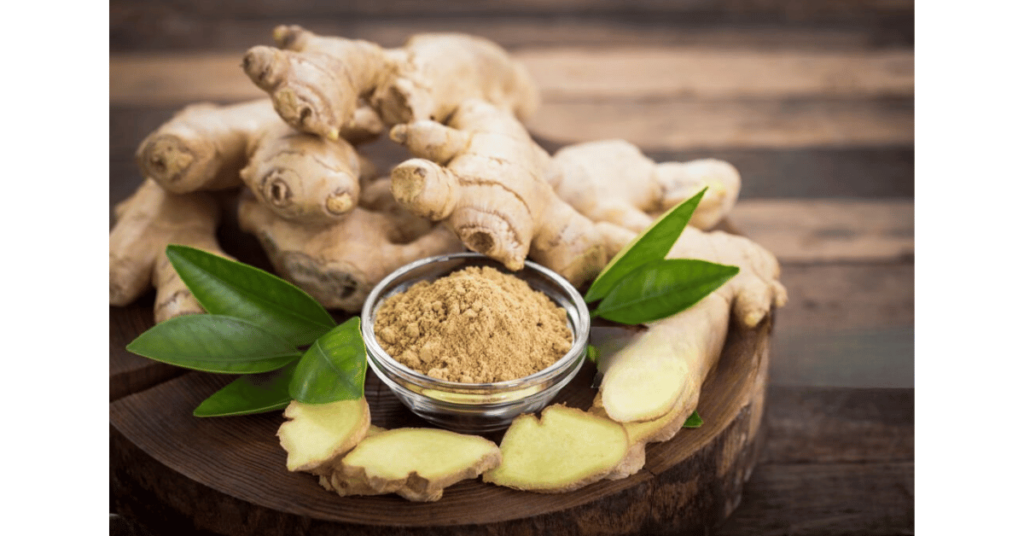
iStock/pilipphoto
Ginger is another aromatic spice that can help normalize high blood pressure. Chemical compounds in ginger fight inflammation and oxidation, suppress platelet formation, and reduce serum cholesterol.
Garlic
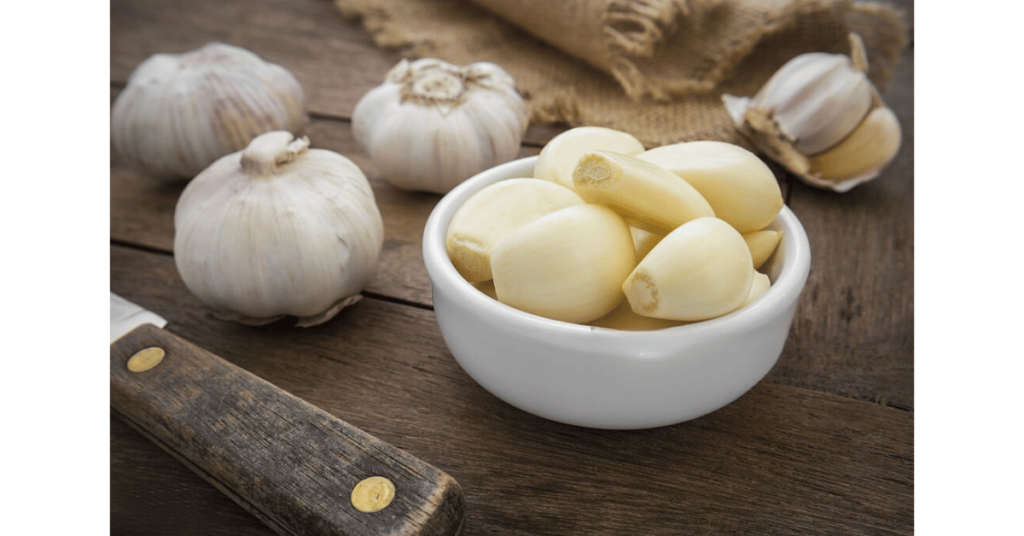
iStock/Amarita
Garlic, an allium vegetable, reduces blood pressure. Allicin is garlic’s potent component in lowering blood pressure.
Spinach
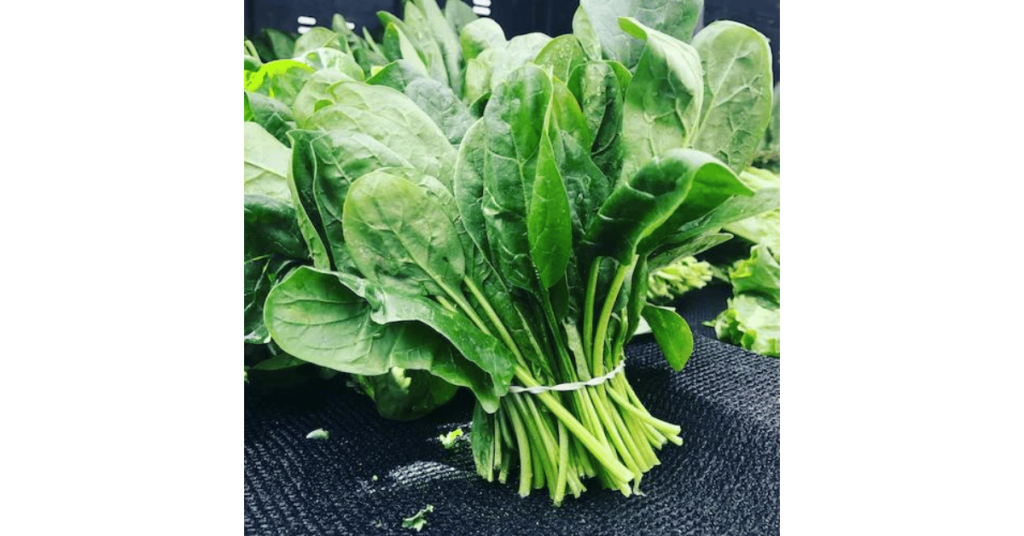
Unsplash/Eleanna Friedman
Spinach is high in nitrates. It is loaded with antioxidants, potassium, calcium, and magnesium, making it invaluable for people with hypertension.
A 2015 study observed that giving healthy adults a single serving of spinach soup daily lowers systolic and diastolic blood pressure.
The study also showed that the spinach soup decreased artery stiffness. This process may help reduce blood pressure and improve heart health.
Beets
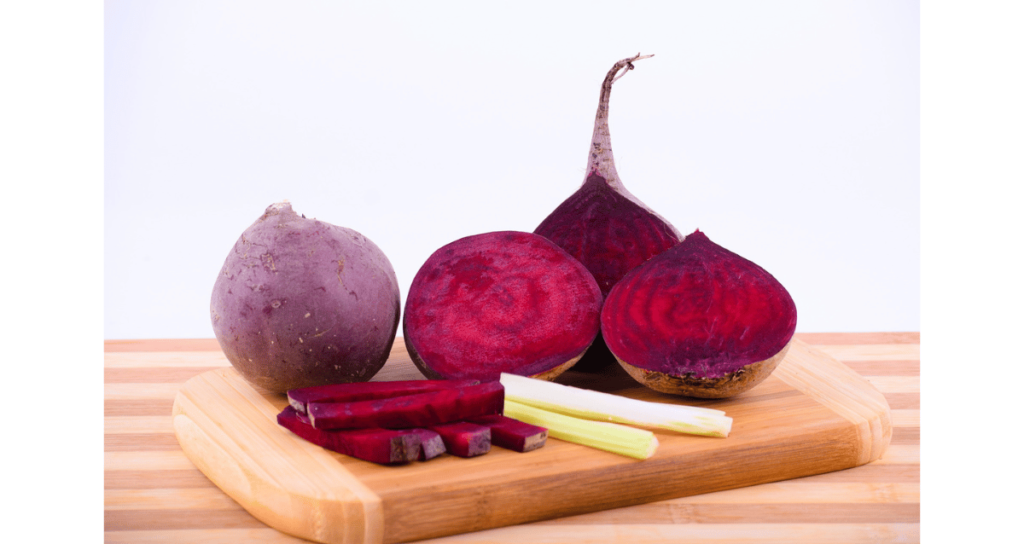
Beets and beet greens are rich sources of nitrates, which the body uses to make that all-important nitric oxide (NO). Nitrates help relax blood vessels and may lower blood pressure. Thus, eating beets promotes healthy blood pressure levels.
Beets contain antioxidants and various minerals.
Eating beets helps reduce high blood pressure.
Oats
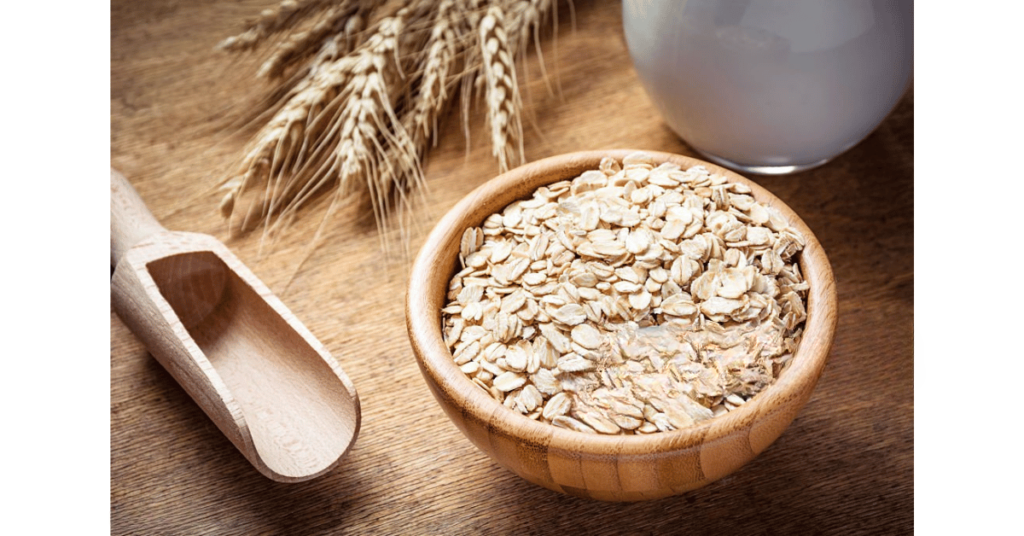
iStock/ArxOnt
Oats lower blood pressure thanks to their fibre content.
Hence, on average, the participants reduced their prescriptions for antihypertensive drugs.
Oats contain a fibre called beta-glucan, which benefits heart health and hypertension.
Watermelon
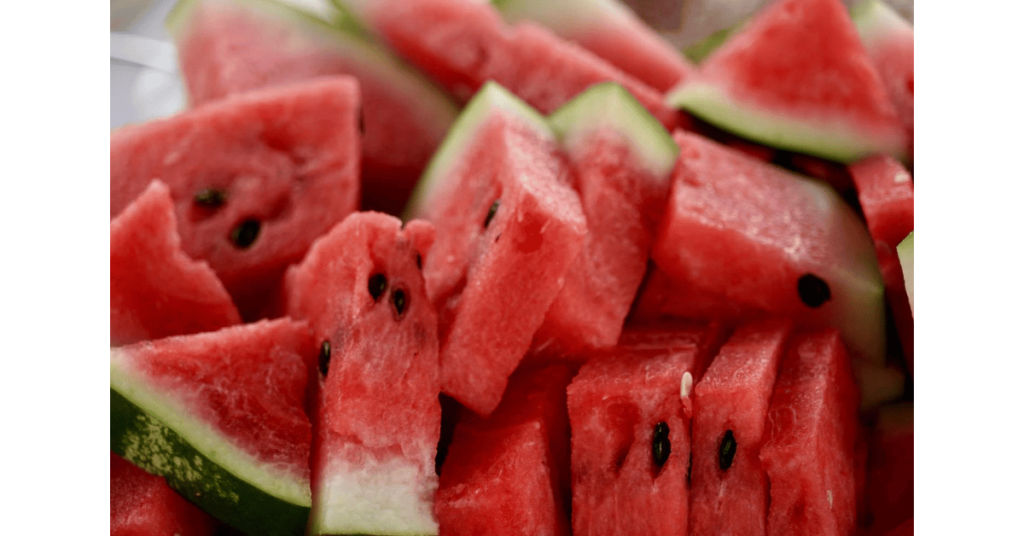
Unsplash/Floh Kietgen
Watermelon contains:
- Amino acids.
- L-citrulline and L-arginine.
- Both are chemical precursors of that all-important nitric oxide (NO).
Nitric oxide relaxes blood vessels and encourages the flexibility of arteries. This process helps the flow of blood, which can lower high blood pressure.
Watermelon is also rich in antioxidant phytonutrients like polyphenols and carotenoids that support cardiovascular health.
Pomegranates
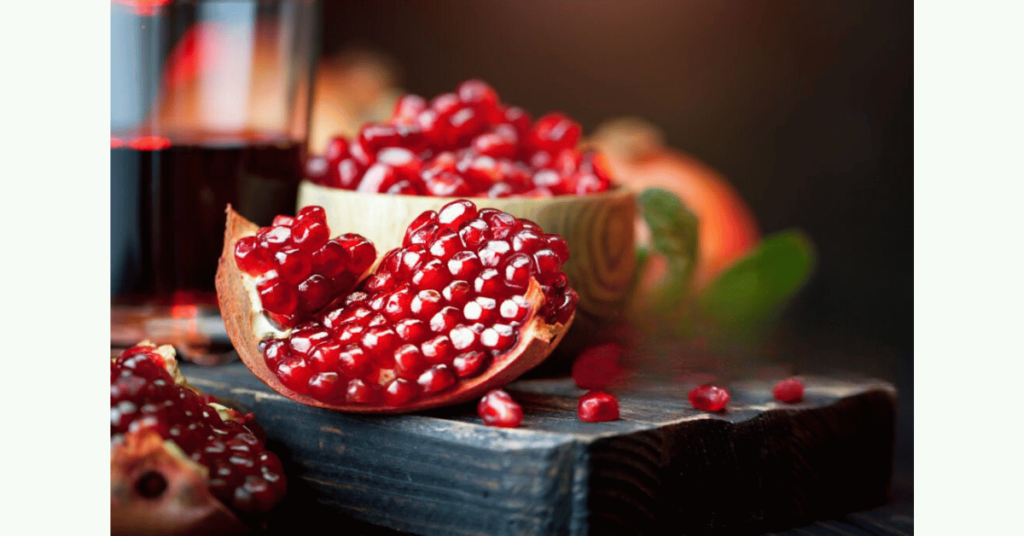
iStock/Anna Usova
Pomegranates are another food to eat that can lower your blood pressure. They contain antioxidants and other ingredients that may help prevent hypertension and atherosclerosis.
Blueberries
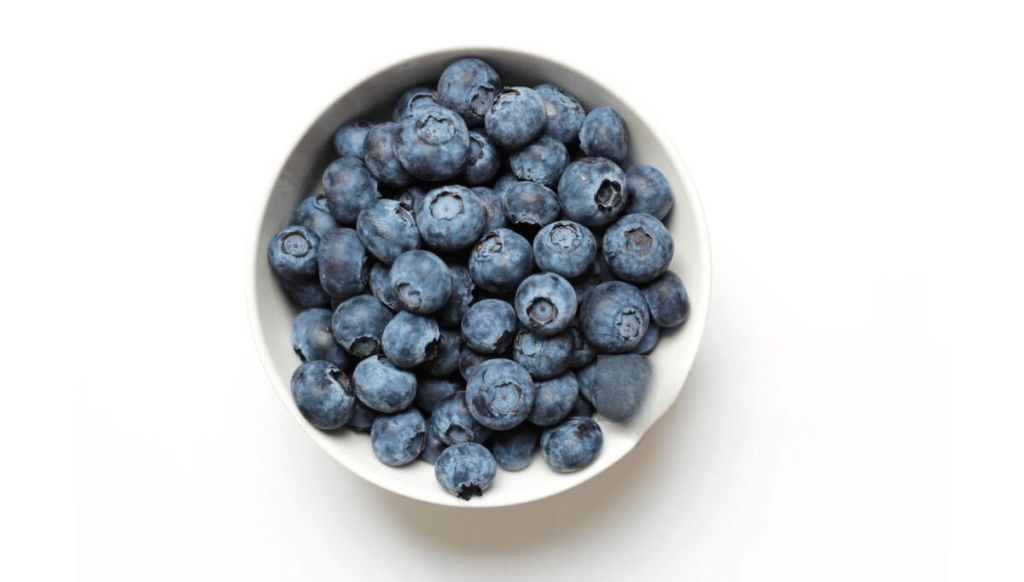
iStock/Gina Neonakis
Blueberries contain antioxidant compounds called anthocyanins, a type of flavonoid. Blueberries are the cardiovascular soldiers of the fruit family with their impressive amount of polyphenols.
Bananas

Bananas can promote heart health and regulate blood pressure. An average-sized banana contains approximately 400 – 450 milligrams of potassium. Potassium balances the harmful effects of sodium.
Flaxseeds
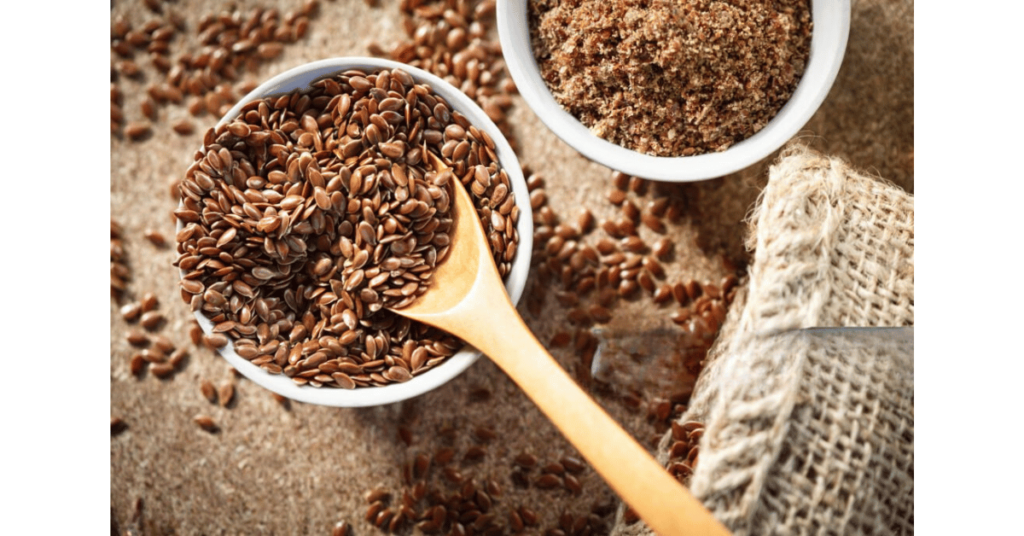
iStock/panco971
Studies on blood pressure confirm flaxseeds alleviate blood pressure.
Kiwis
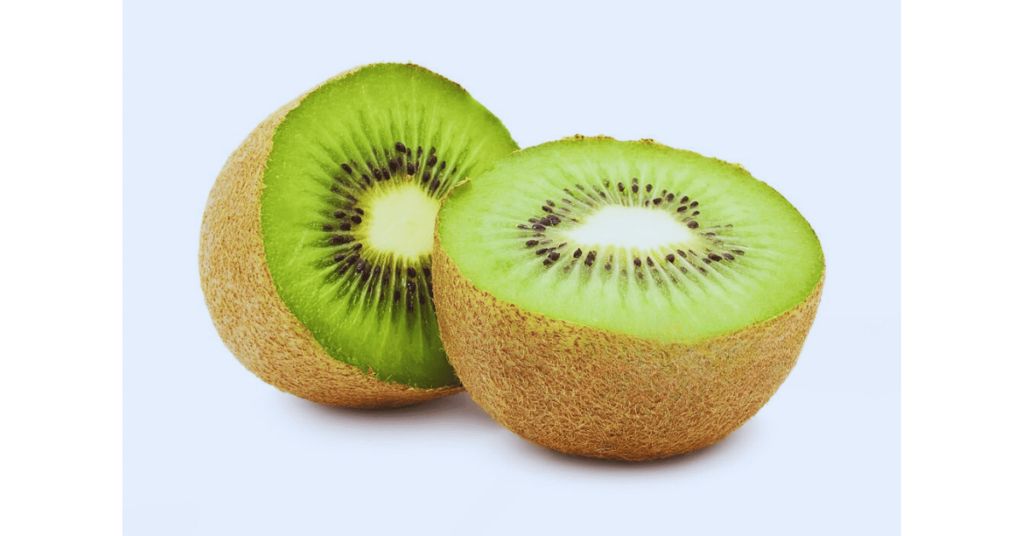
iStock/iSailorr
Kiwis eaten daily can help manage mildly high blood pressure. A study done in 2015 suggests people who ate three kiwis per day for eight reduced their blood pressure more than those who ate one apple per day for the same period.
Pistachios
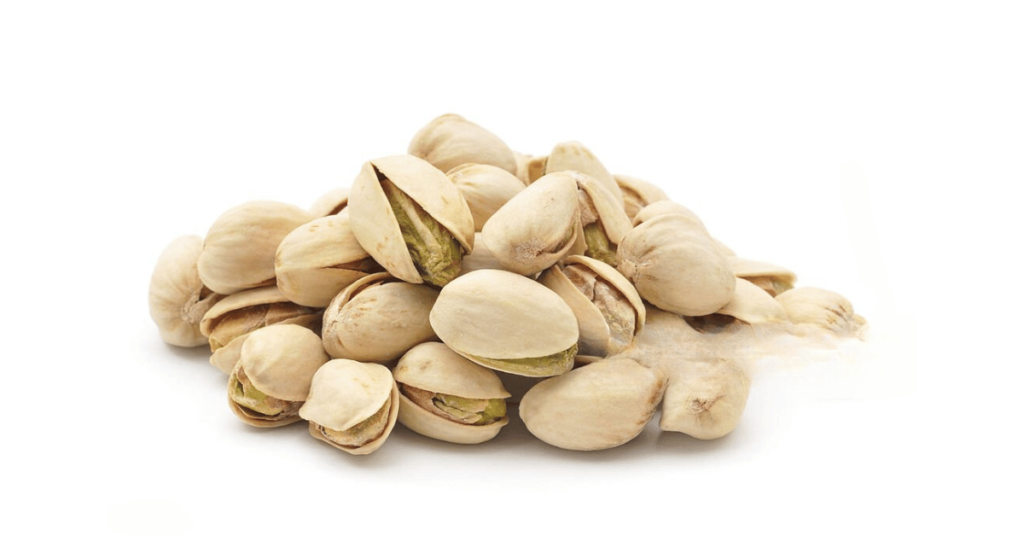
iStock/Alasdair James
Pistachios are highly nutritious, and their consumption boosts healthy blood pressure levels. Pistachios, including potassium, are high in nutrients essential for heart health and blood pressure regulation.
A review of 21 studies revealed that pistachio intake had the most potent effect on reducing systolic and diastolic blood pressure among all the nuts included in the review.
Cinnamon
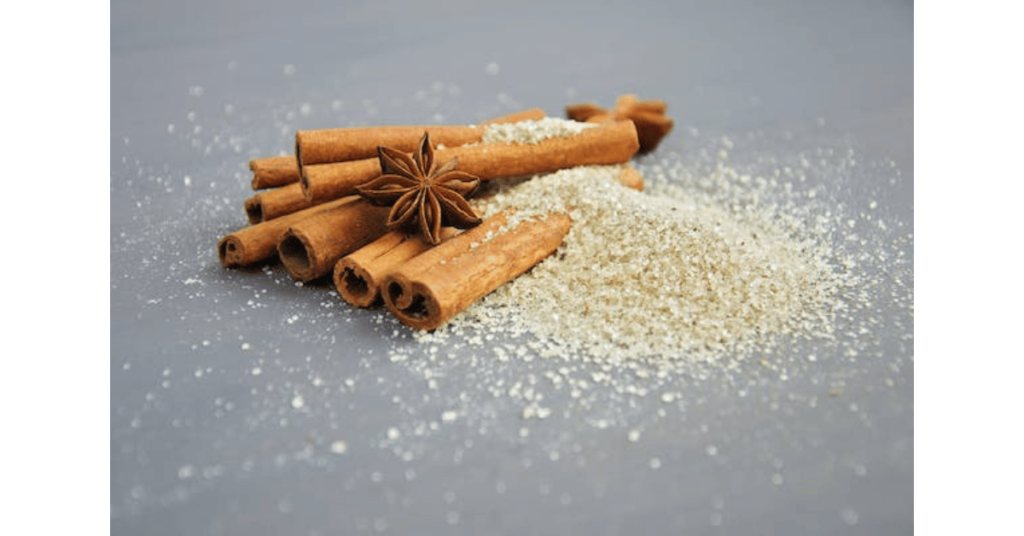
Pexels/Mareefe
Cinnamon is a sweet spice originating from Southeast Asia. There are several types of cinnamon.
Add cinnamon to your diet and oatmeal as a sugar alternative, and sprinkle it on freshly chopped fruit.
You should note that cinnamon also contains a chemical known as coumarin. Coumarin can harm people with liver disease.
Eat to Maintain Your Heart Health
High blood pressure or hypertension is a common disorder in South Africa. It adds to the planet’s number one cause of death: heart disease.
Conclusion
If you have high blood pressure, focus your diet on a whole foods plant-based diet. Also improve blood pressure by:
- Limiting your intake of salt
- Adopting a healthy diet: a whole-food plant-based diet
- Getting regular exercise
- Quitting smoking
Maintain your health by eating thirteen foods above to control and reverse high blood pressure.
